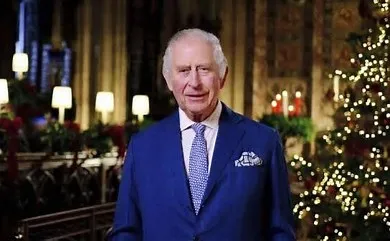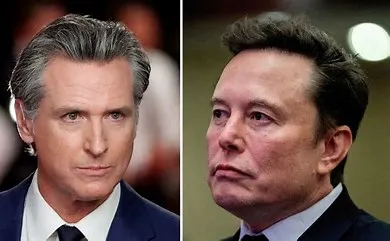Europe’s painful inflation inched higher last month, extending the squeeze on households and keeping pressure on the European Central Bank to unleash another large interest rate increase. Consumer prices in the 20 countries using the euro currency jumped 7 percent in April from a year earlier, just down from the annual rate of 6.9 percent in March, the European Union statistics agency Eurostat stated.
Food prices eased a little, falling to an annual 13.6 percent from March’s 15.5 percent, while energy prices rose a more modest 2.5 percent. Core inflation, which excludes volatile food and fuel, slowed slightly but was still high at 5.6 percent, underscoring the expectation that the ECB will press ahead with its campaign to beat inflation into submission with rate hikes.
Analysts say the ECB’s meeting on Thursday in Frankfurt could end in an increase of a quarter- or half-percentage point. A quarter-point hike would be a moderation in the bank’s series of rapid increases, while a half-point would underline concern that inflation is still not heading back towards the bank’s goal of 2 percent, considered best for the economy.
While the slight fall in food inflation is good news, economists say those are partly statistical quirks due to the fact that lower figures from before the current outbreak of inflation have aged out of the annual comparison, a so-called base effect. Of more concern is core inflation, considered a better measure of price pressures in the economy from demand for goods and higher wages.
Rate increases are the central banks’ chief tool against inflation. Higher rates increase the cost of credit for consumer spending or business investment and thus cool off the demand for goods. But the rapid course of monetary tightening by both the ECB and the US Federal Reserve has raised concerns about its impact on economic growth. The US is still stalked by fears of a recession, while the European economy barely scraped out growth in the first three months of the year with a meagre 0.1 percent rise in output.
















